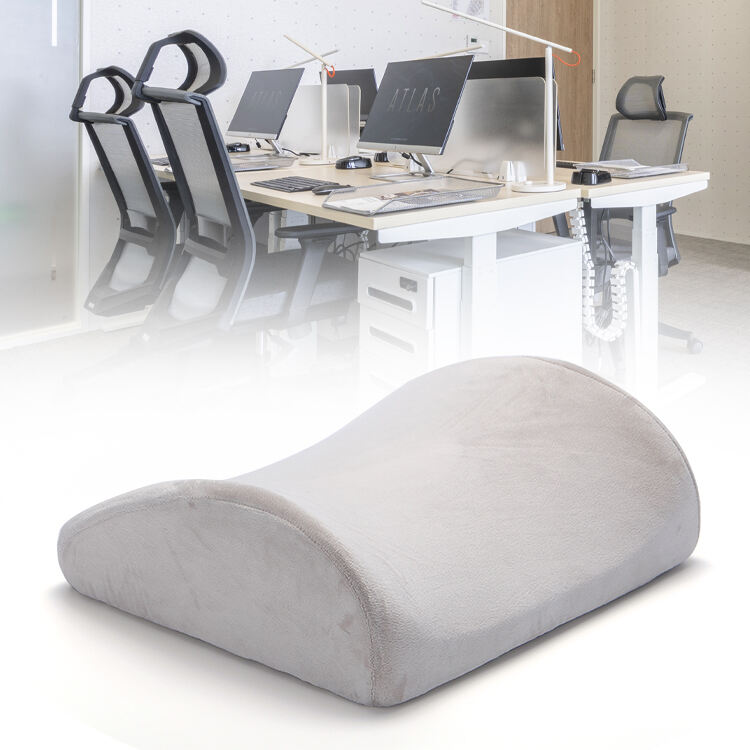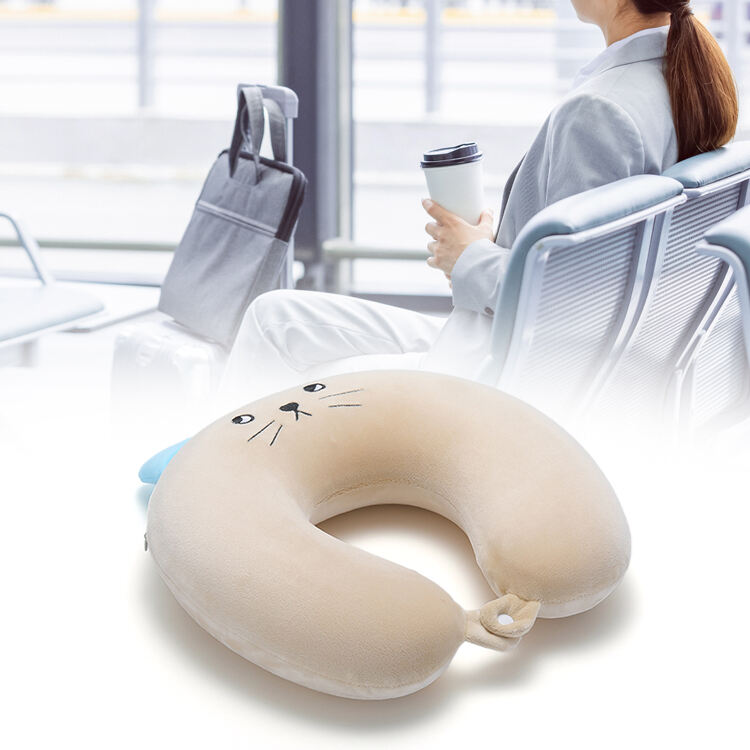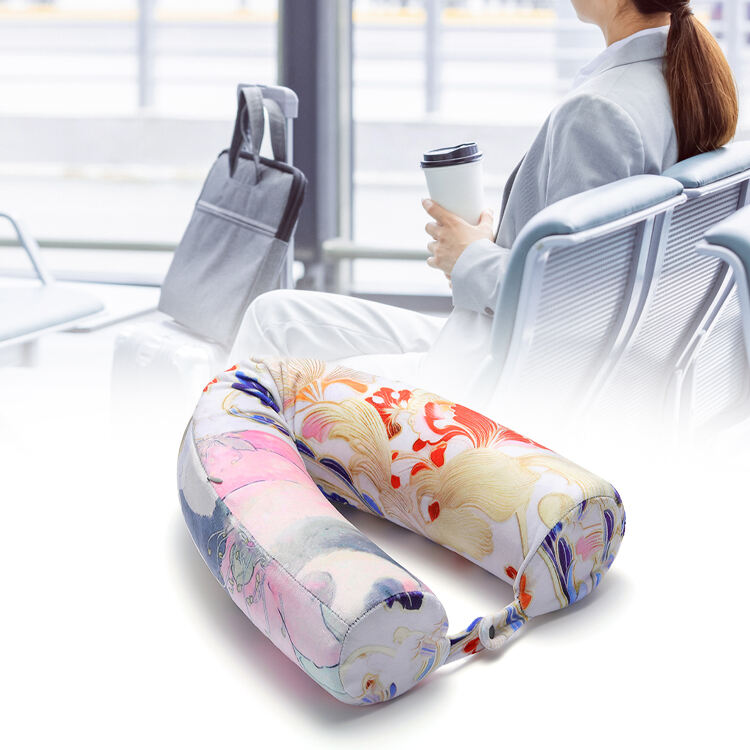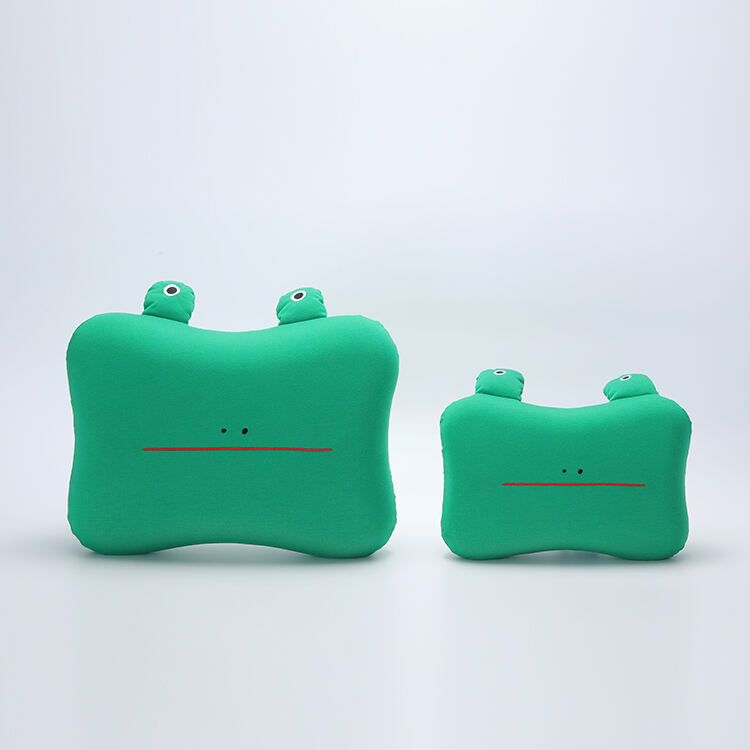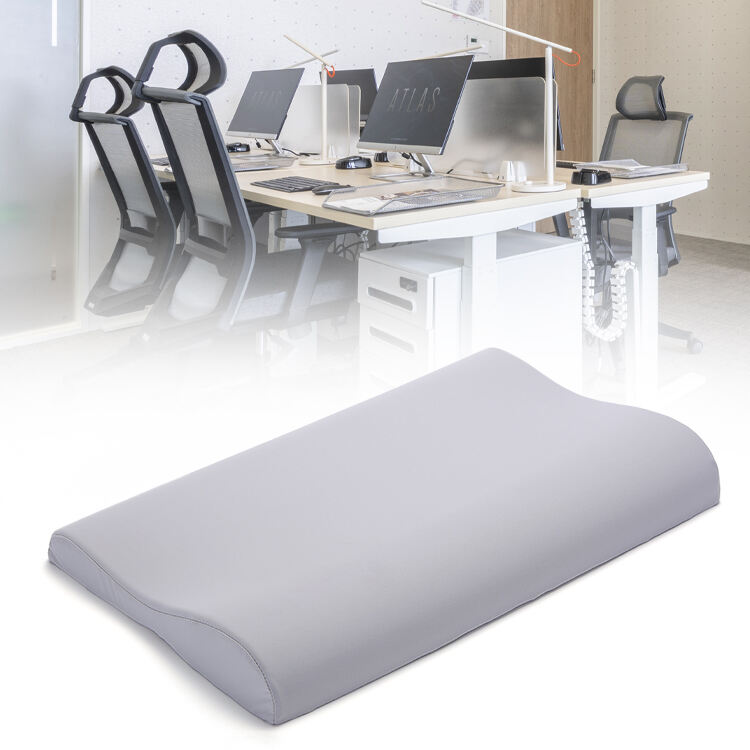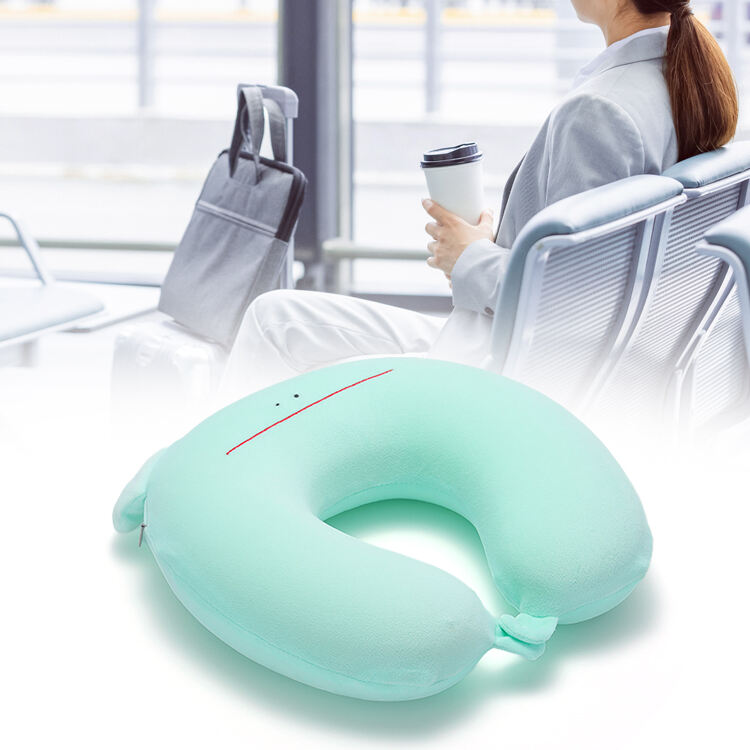Growing Global Demand for Eco-Friendly Lumbar Support Cushions
Rising Consumer Preference for Sustainable Ergonomic Products
The market for lumbar support cushions is really taking off these days because people want stuff that fits their green values. According to a recent report from Ecotextile News back in 2023, over two thirds of office workers say sustainability matters a lot when they shop for those ergonomic gadgets. We're seeing this pattern across all sorts of consumer goods too. Just look at how much interest there's been online for terms like "eco friendly lumbar support" which jumped nearly 70% from 2020 to mid 2023 according to Google Trends data. What's catching on? Materials made from organic cotton, recycled plastic bottles turned into fabric (that's PET for short), and even memory foam derived from plants rather than oil based chemicals. Most folks are steering clear of traditional foams and anything that can't be tossed into recycling bins after use.
Market Expansion and Regional Opportunities in North America, Europe, and Asia-Pacific
North America remains at the top of the market heap, grabbing around 42% of all revenue in 2023. Why? Companies there are really pushing workplace wellness initiatives while also dealing with those tough VOC regulations. Moving over to Europe, things get interesting too. About 78% of businesses actually consider OEKO-TEX® certification when buying stuff for offices according to Green Building Council EU stats from last year. That means companies want their cushions free from harmful chemicals and made sustainably. And let's not forget Asia-Pacific where growth rates are blowing away other regions. We're talking roughly 19% compound annual growth rate until 2028 as cities grow bigger and governments in places like Japan and Singapore start requiring greener options for office furniture across the board.
The Shift Toward Green Consumerism in Home, Office, and Travel Seating Markets
Dual-purpose designs—suitable for home offices, cars, and air travel—account for 61% of 2023 sales (Ergonomics International). Corporate ESG goals are further accelerating adoption, with 54% of Fortune 500 companies requiring sustainably certified ergonomic products in employee wellness programs by 2024.
Sustainable Materials and Authentic Eco-Certifications in Lumbar Support Manufacturing
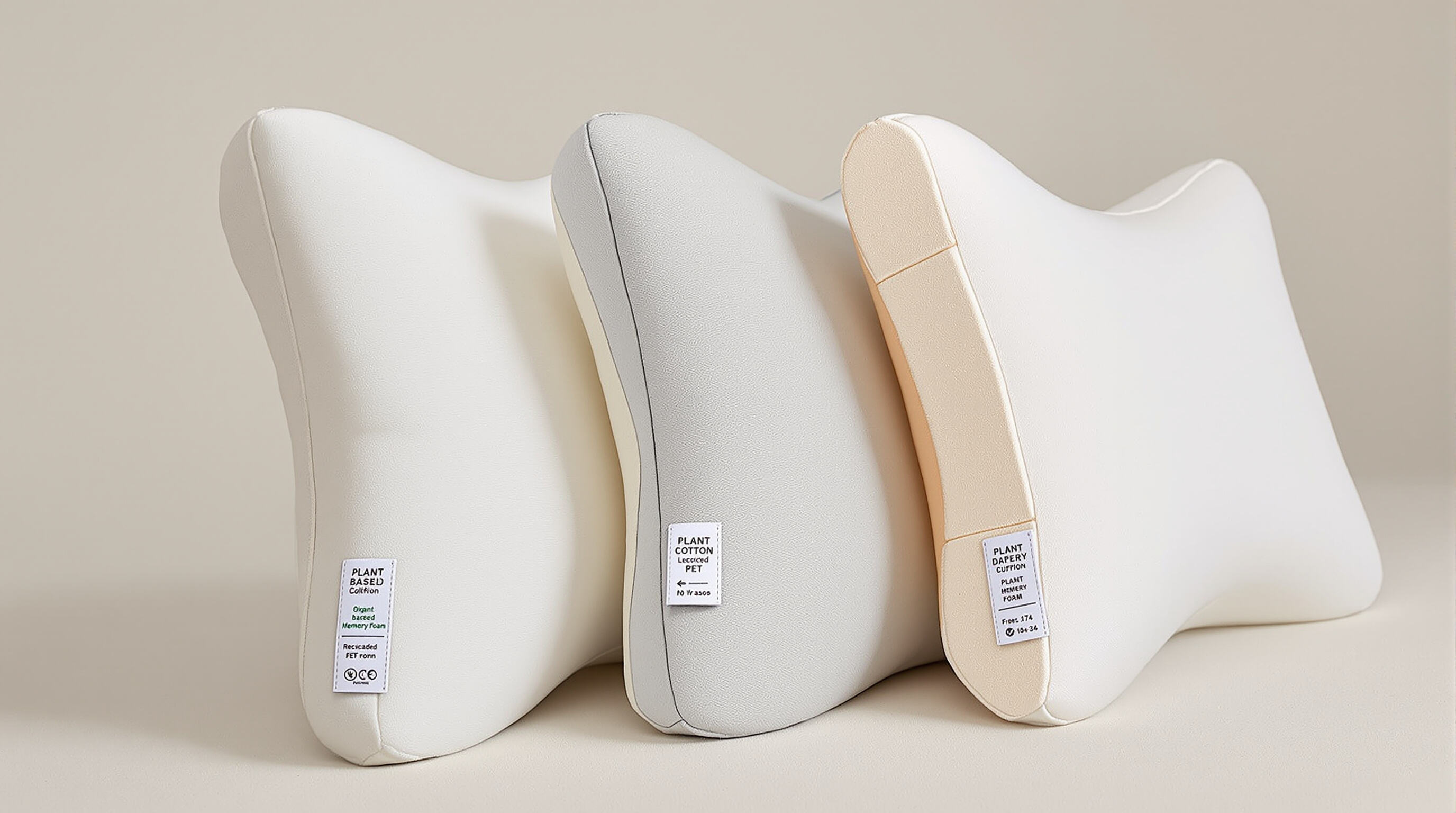
Key eco-friendly materials: Organic cotton, recycled PET, and plant-based memory foam
Most eco-friendly lumbar cushions are made using just three main ingredients these days. First up we have organic cotton, which comes from plants grown without those genetically modified seeds or chemical sprays. Farmers actually save quite a bit of water when they grow this stuff using methods that rebuild soil health over time. Then there's recycled polyester fabric, basically taking old soda bottles people threw away and turning them into something useful again. This keeps tons of plastic out of our trash heaps and definitely helps protect marine life too. The third component is what makes these cushions really stand out environmentally speaking plant based memory foam. Instead of relying solely on oil products like traditional foams do, manufacturers blend in around a third or so of soybeans or castor oil. What's interesting is that despite all these green changes, most folks report sitting just as comfortably as they would with regular memory foam options available on the market today.
Innovations in biodegradable foams and low-impact dyes
Material science has come up with some pretty cool stuff lately, like these biodegradable foams that actually decompose in around five years thanks to enzymes breaking them down. No more worrying about those pesky microplastics hanging around forever. The textile industry is also making progress with low impact dyes that get rid of heavy metals from the process. Factories report cutting their wastewater by roughly two thirds when switching to these new methods. What makes these dyes special? They stick to fabric fibers through natural plant compounds instead of synthetic chemicals. This means far less color runs off during washing, and designers can still create custom colors while being kinder to the environment.
Lifecycle assessment and carbon footprint reduction in cushion production
Companies today look at how products affect the environment from start to finish when it comes to things like getting materials, shipping them around, and what happens when they're thrown away. Some top manufacturers have actually managed to reach carbon neutral status through various methods. They power their factories with solar energy, work with suppliers closer to home which cuts down on transport emissions by almost half, and run programs where old cushions get collected and reused rather than ending up in landfills. About 92% of those cushion parts find new life somewhere else. All these efforts result in emissions staying under 8 kilograms of CO2 equivalent per product unit produced.
Avoiding greenwashing: Validating certifications like GOTS and OEKO-TEX
Real sustainability can only be confirmed by checking against international standards that everyone agrees on. Take GOTS for example it looks at both how much organic fiber something contains and whether workers were treated fairly during production. Then there's OEKO-TEX Standard 100 which does all sorts of tests to make sure fabrics don't have dangerous chemicals lingering in them after manufacturing. Products that claim to be green should come with actual certification numbers somewhere on packaging or labels. This matters now more than ever because fake environmental claims have jumped by around 170 percent since the beginning of 2020 according to recent reports. Without proper documentation, consumers just cant tell what's real from marketing hype these days.
Memory Foam Technology and Ergonomic Performance in Lumbar Support
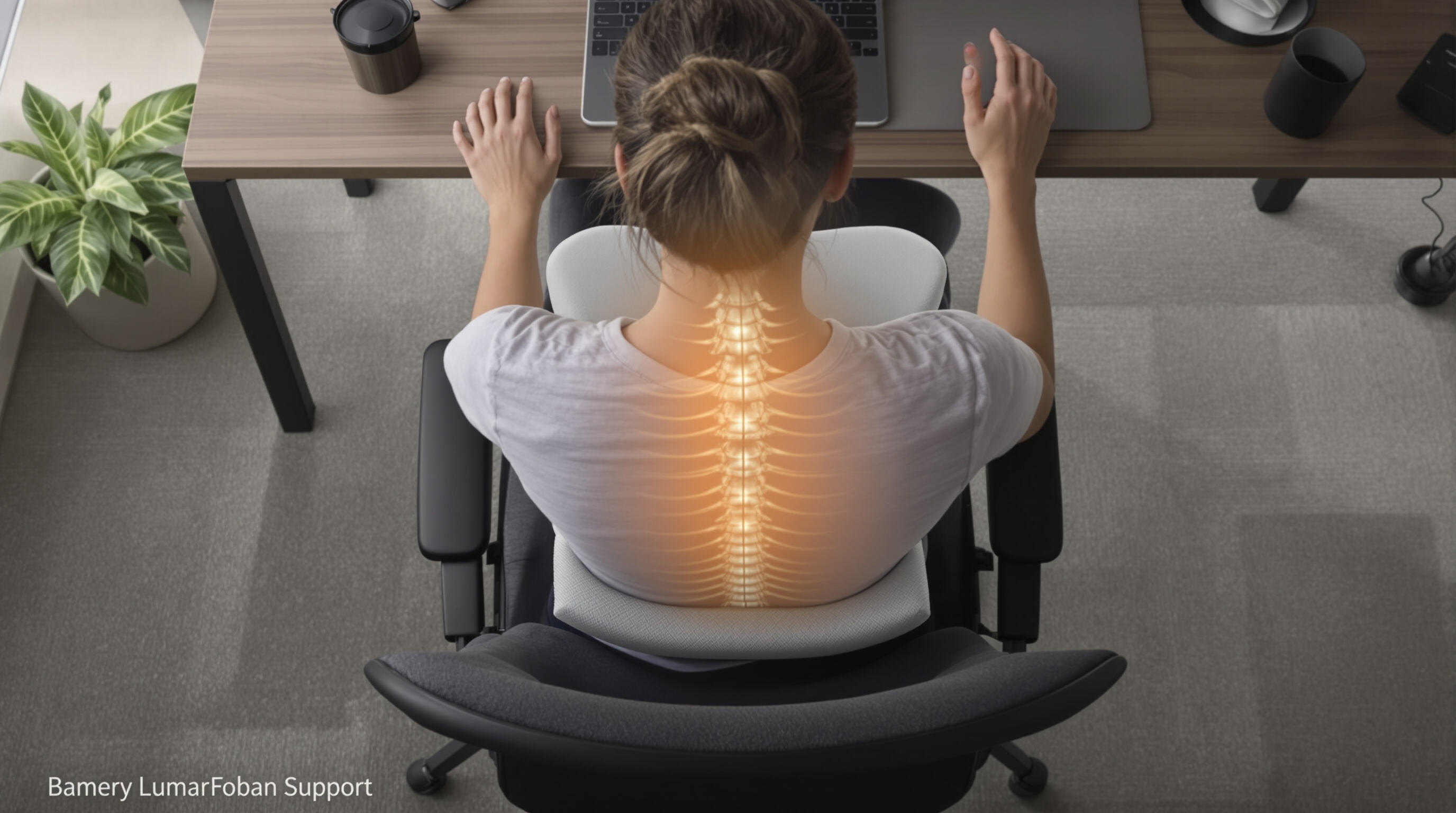
How memory foam enhances comfort during prolonged sitting
When someone lies down on memory foam, it actually conforms to the natural curves of their spine because of body warmth and pressure distribution. This helps take some of the strain off those tender spots we all know too well, especially around the lower back area. The material can soak up roughly three quarters of the pressure points at hips and tailbone region while adjusting itself as people shift positions throughout the night. What makes this so great is that better support means improved circulation for most folks, which reduces tired muscles after spending hours sitting in one place.
Foam density, resilience, and pressure distribution for optimal spinal alignment
Foam density (measured in lb/ft³) directly affects support and durability. High-density foam (4.5–5.5 lb/ft³) resists sagging and offers firm lumbar support, while resilience—recovery speed after compression—between 55% and 65% ensures adaptive responsiveness. When combined with contoured shapes, these properties promote even weight distribution:
| Property |
Low Spinal Health Impact |
High Spinal Health Impact |
| Density |
<3.5 lb/ft³ |
4.5-5.5 lb/ft³ |
| Resilience |
<45% recovery |
55-65% recovery |
| Pressure Spread |
Localized friction |
Even distribution |
This balance maintains the spine’s neutral S-curve, reducing disc compression and long-term injury risk.
Plant-based vs. traditional memory foam: Comparing durability, support, and environmental impact
Memory foam made from plants replaces around a third to half of the petroleum ingredients with natural oils, yet still holds up just as well as regular foam when it comes to supporting weight and lasting about five years. Manufacturing these eco-friendly alternatives actually cuts down on carbon emissions by nearly 20% compared to traditional methods. Plus they cut down those pesky VOCs by almost two thirds, all without needing any added chemical fire retardants. According to testing done by Wirecutter at The New York Times, people who switch to plant based options won't notice any difference in how comfortable their mattress feels, but will definitely appreciate the reduced harm to both planet and personal health over time.
Ergonomic Design and Therapeutic Benefits for Workplace and Travel Use
Anatomy of effective lumbar support: Curvature alignment and posture correction
Good lumbar support cushions work by keeping the spine in its natural S shape, which fills the space where the lower back meets the seat. When properly aligned like this, people don't slump as much, the discs stay spaced correctly, and sitting upright becomes easier since pressure gets spread out better across the body. Most people spend well over seven hours a day seated at desks or in cars, so having reliable support makes all the difference in avoiding long term back problems from constant sitting.
Reducing lower back pain in office and remote work environments
Bad sitting habits are one of the main reasons people end up with sore backs. The good news is there's something about those green lumbar supports that actually helps. They provide just enough support where it matters most, whether someone is working at their desk or relaxing on the couch at home. What makes them work so well? The special memory foam inside molds itself around each person's unique shape without messing up the natural curve of the spine. According to workplace health studies, folks who use these kinds of cushions regularly say they feel significantly less tired in their muscles after spending six straight hours sitting down. Some even notice improvements within days of starting to use one consistently.
Case Study: 42% reduction in back discomfort among remote workers (WHO, 2022)
The World Health Organization conducted a study on 780 people who work from home for three months straight. They discovered something interesting about those using proper lower back support. These individuals experienced about 42% less back pain than those without such support. The researchers believe this happens because good posture is maintained consistently when sitting, which helps prevent that annoying backward tilt of the pelvis we all know too well. And it turns out medical quality memory foam works wonders for the area around the tailbone where most sitting discomfort builds up. Around two thirds of all sitting related pain actually concentrates there according to their findings.
User-centric design in travel lumbar supports: Portability, adjustability, and comfort
Lumbar supports made for travel typically use light weight but dense plant based foam (around 65kg per cubic meter or more) along with bottom surfaces that won't slide around when sitting in moving cars. Many models come with covers that can be taken off and washed, plus adjustable straps that fold away easily. These make them work well whether someone is flying cross country or trying to stay comfortable at a hotel business center desk. With more people spending time on the road lately, this kind of back support offers real relief for those stuck in traffic jams or dealing with delayed flights, all while keeping things portable enough to toss into a suitcase without taking up too much space.
FAQ Section
What are the key eco-friendly materials used in lumbar support cushions?
The key eco-friendly materials include organic cotton, recycled PET fabric, and plant-based memory foam, which help reduce environmental impact while providing comfort.
How do lumbar support cushions benefit office workers?
These cushions help maintain spinal alignment, reduce lower back pain, and enhance comfort during prolonged sitting, thereby improving posture and overall well-being.
What certifications should I look for in eco-friendly products?
Look for certifications like GOTS and OEKO-TEX, which validate sustainability and safety standards in manufacturing, ensuring genuine eco-friendly claims.
